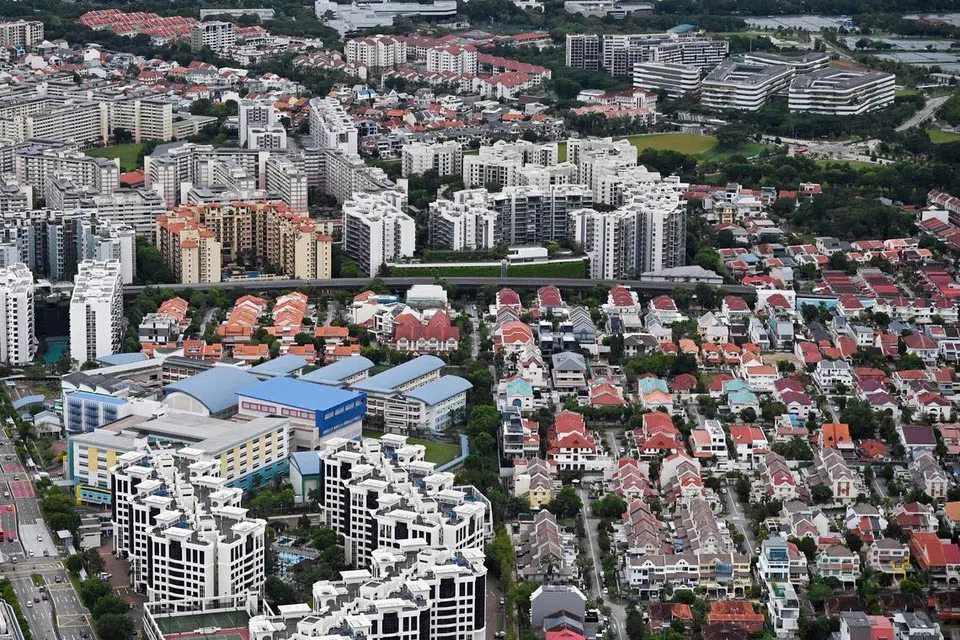[SINGAPORE] Singapore households have been racking up more debt since the fourth quarter of 2023.
Household balance sheet numbers from the Singapore Department of Statistics (SingStat) on Monday (May 26) showed that liabilities grew for the sixth straight quarter, rising 5.2 per cent in the first quarter of 2025 from the same period a year ago to S$384.1 billion.
Professor of finance and real estate Qian Wenlan from NUS Business School said the debt situation bears watching.
She said it makes financial sense for a family to take a loan for their home or other big-ticket items so they can free up cash for day-to-day expenses.
However, she is watching out for signs that households are facing difficulties with repaying their loans, such as rising bad debts, delinquency or bankruptcy rates.
For now, the increase in household liabilities has not outpaced the growth in assets.
A NEWSLETTER FOR YOU

Friday, 8.30 am
Asean Business
Business insights centering on South-east Asia’s fast-growing economies.
In the most recent quarter, household assets grew 7.8 per cent year on year to S$3.49 trillion.
Eugene Tan, associate economist at Moody’s Analytics, noted that the liabilities-to-assets ratio, which measures how much of a household’s assets are financed by debt, fell to 11 per cent in the first quarter, from 11.1 per cent in the previous quarter.
Tan said this ratio has been on a downtrend over the past decade.
A liabilities-to-assets ratio of 11 per cent means that 11 per cent of a household’s assets are financed by debt. If the ratio is falling, then increasingly fewer assets are being financed by debts.
Another item on the household balance sheet that the typical family owns – the amount of liquid assets, such as currency and deposits – remained well above total liabilities in the first quarter of 2025, said DBS Bank senior economist Chua Han Teng.
Liquid assets grew 7.5 per cent from a year ago to S$670.1 billion, outstripping the 5.2 per cent increase in total liabilities.
This means households have enough liquid assets in the form of currencies and deposits to meet all their payment obligations.
With household assets more than household liabilities, household net worth stayed positive, growing by 8.1 per cent in the first quarter from the same period a year ago to S$3.1 trillion.
That represents a moderation from the previous quarter’s 8.5 per cent growth.
There has not been a situation in the last 20 years where a typical family has more debts than assets, which is when household net worth turns negative.
Instead, net worth has been growing quarter after quarter. The only exception was from the fourth quarter of 2008 to the second quarter of 2009, when average net worth stayed positive but fell for three straight quarters.
Personal disposable income, an indicator of personal financial well-being, was up 5.2 per cent in the first quarter of 2025 from a year ago to S$93.3 billion, according to a separate SingStat statement on May 26.
This is a measure of an individual’s ability to spend on goods and services without having to sell or liquidate their assets or take on more debt.
When personal disposable income increases, it means that individuals have more money at their disposal to spend.
Going forward, Singapore households should get some respite from falling interest rates.
Ivan Tan, a banking analyst at S&P Global Ratings, said the Singapore Overnight Rate Average, or Sora, has come down rapidly.
The one-month compounded Sora is hovering around 2.2 per cent, while the three-month compounded Sora is around 2.28 per cent, after starting the year at around 2.8 per cent to 3 per cent.
Tan added that the declining interest rates will ease the debt-servicing burden on households, as their monthly instalments come down.
The home loan is the biggest debt for the typical Singapore family.
SingStat stated on its website that mortgage loans have accounted for at least 70 per cent of household liabilities since the first quarter of 1999.
In the first quarter of 2025, home loans made up 72.9 per cent of total household liabilities, down slightly from 73 per cent for the whole of 2024.
The economic outlook should be resilient as well. Eugene Tan from Moody’s Analytics said that while Singapore’s trade-dependent economy faces challenges from US trade policies, increased public spending and a more accommodative monetary policy will provide support.
Moody’s Analytics expects the Monetary Authority of Singapore to further ease monetary policy at its last two meetings of 2025.
The provider of financial intelligence and analytical tools expects the economy to expand at a modest 1.3 per cent in 2025, within the official forecast, which is between 0 per cent and 2 per cent. THE STRAITS TIMES


